anotherlife
Gold Member
Has anyone ever died being trapped in a glacier cravas crack when mountain hiking or at polar expeditions?
Follow along with the video below to see how to install our site as a web app on your home screen.

Note: This feature currently requires accessing the site using the built-in Safari browser.
I did, but I got better.Has anyone ever died being trapped in a glacier cravas crack when mountain hiking or at polar expeditions?
That's what happens when you fuck a witch.Has anyone ever died being trapped in a glacier cravas crack when mountain hiking or at polar expeditions?
Has anyone ever died being trapped in a glacier cravas crack when mountain hiking or at polar expeditions?
Yes, In Antarctica but I do not remember the details .Has anyone ever died being trapped in a glacier cravas crack when mountain hiking or at polar expeditions?
Oprah's crackI've died in a crack on occasion..........
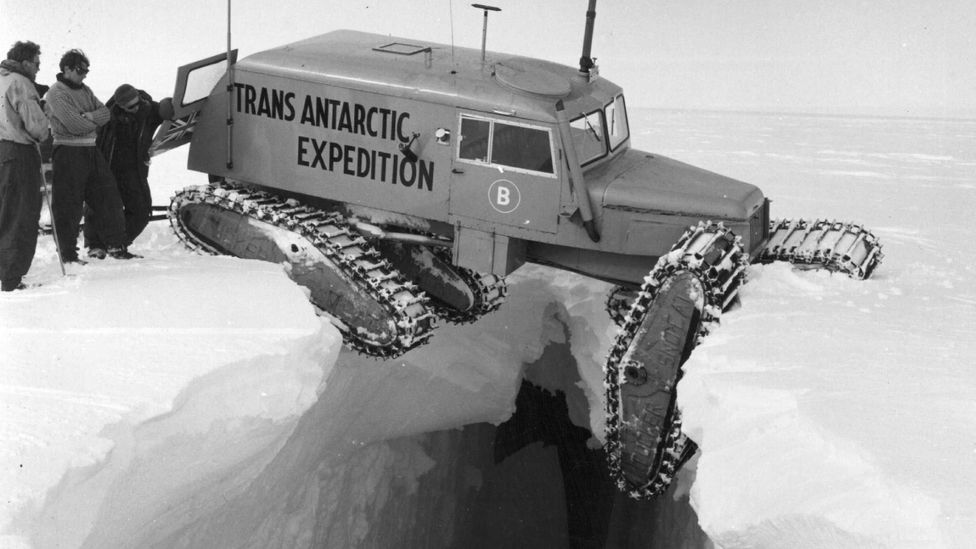
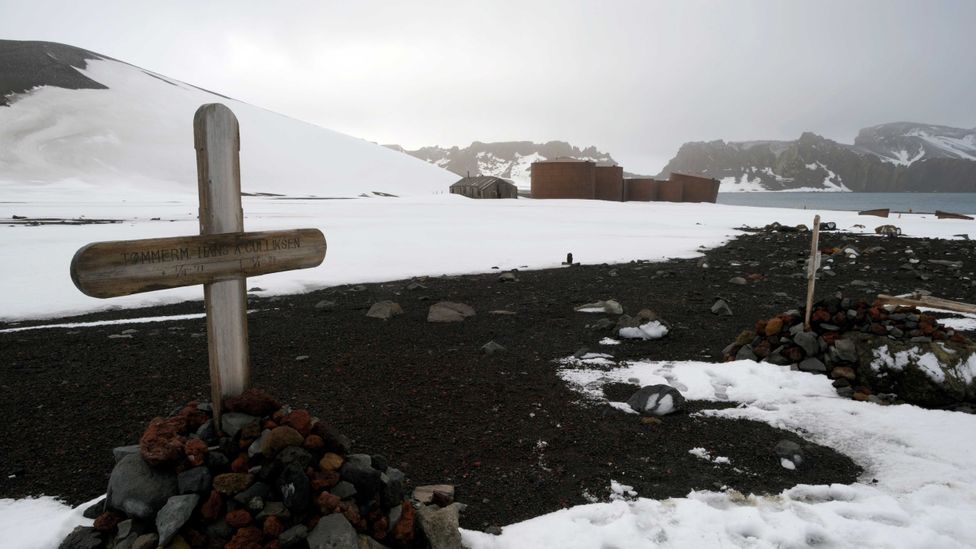
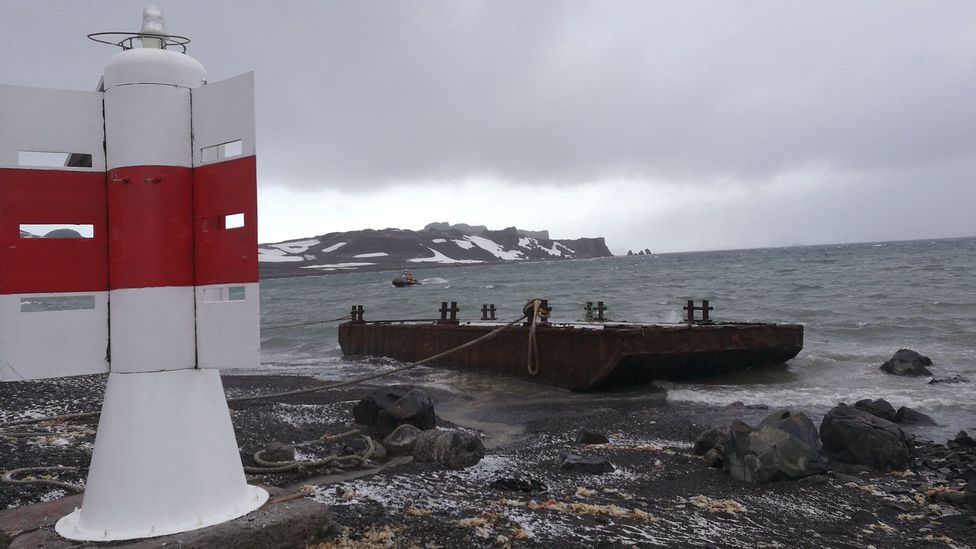
There were very strong currents around the island. Reliable, thick ice formed relatively rarely, Salino recalls. The way they tested whether the ice would hold them was primitive – they would whack it with a wooden stick tipped with metal to see if it would smash.Even after an extensive search, the bodies were never found
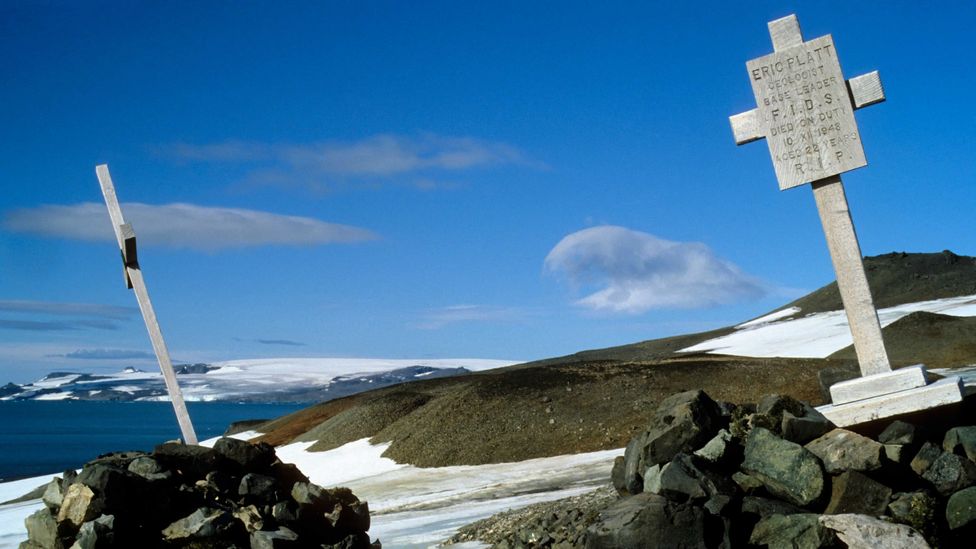
Even when the body is recovered, the demanding nature of life and work on Antarctica can make it a hard place to grieve. Ron Pinder, a radio operator in the South Orkneys in the late 1950s and early 1960s, still mourns someone who slipped from a cliff on Signy Island while tagging birds in 1961. The body of his friend, Roger Filer, was found at the foot of a 20ft (6m) cliff below the nests where he was thought to have been tagging birds. His body was buried on the island.You just wait and wait, but there’s nothing. Then you just sort of lose hope
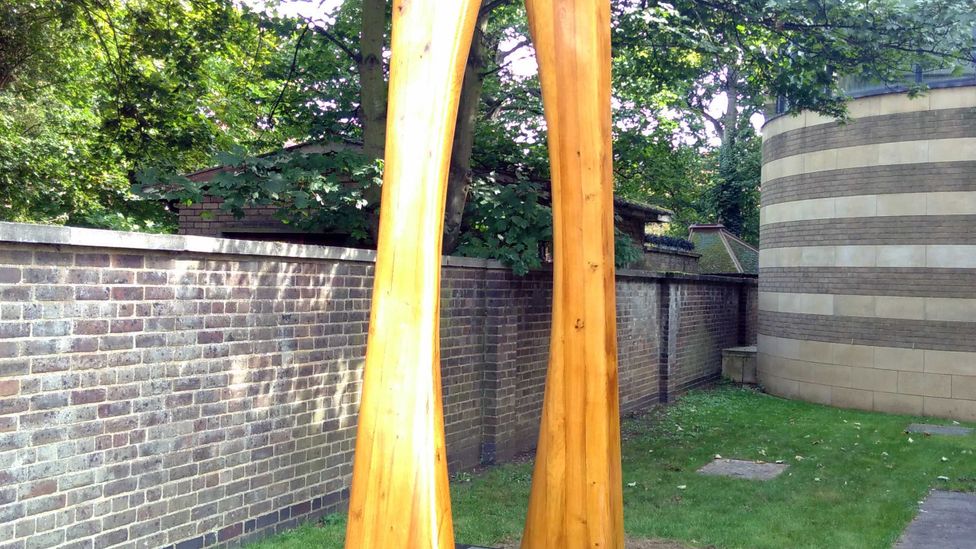
Horrible way to die for man or animal. Where was this photo taken?You could ask this guy....
View attachment 452975
Horrible way to die for man or animal. Where was this photo taken?You could ask this guy....
View attachment 452975